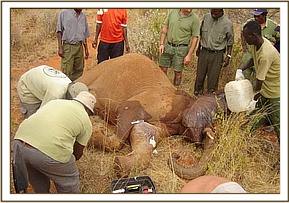Introduction Incidences of human/elephant conflict seem to be on the rise especially in the Amboseli ecosystem going by the number of cases reported to the Unit this month and unconfirmed reports of several elephants lost from spearing in the last few months
Introduction Incidences of human/elephant conflict seem to be on the rise especially in the Amboseli ecosystem going by the number of cases reported to the Unit this month and unconfirmed reports of several elephants lost from spearing in the last few months. Apart from spearing by Maasai morans, spearing is also happening from small scale farmers along several rivers in the area where irrigation farming is becoming a major economic activity, as well as in Loitoktok and across the border in Tanzania when they raid crops in these areas. The morans are also said to have speared close to ten lions in the last several months.
We had eight cases this month all involving elephants. Six of these were from the Amboseli ecosystem and the other two from Tsavo.
Amboseli Cases The first case was of a young male aged about 19 years treated on 1st at Imbirikani group ranch for five spear wounds at the hindquarters and hind legs. It remained in the same general area after treatment which facilitated close monitoring by the ranch game scouts.


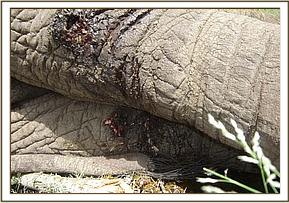
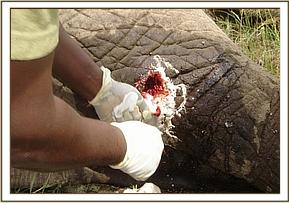
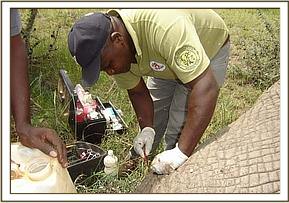

Nearby the same day, there was a bull aged about 40 years with serious multiple spear and arrow injuries all over the body.


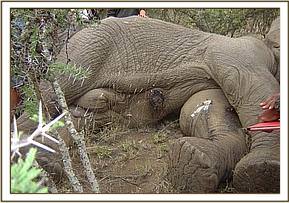
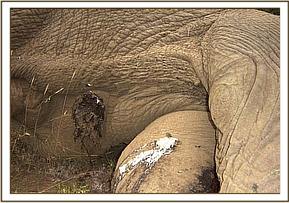


Earlier on the 13th, we treated a female with two spear wounds, one on the right abdominal area and the other on the lower left leg. Luckily, it was seen early before the infection established itself fully. The injuries were also not deep; the one on the abdomen went in horizontally below the skin and had not involved the abdominal muscles.
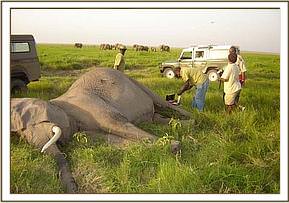
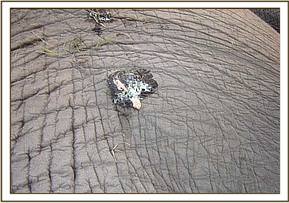
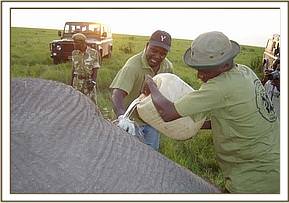
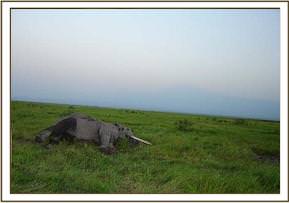

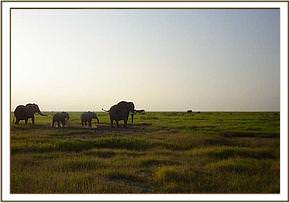
The bull said above was aged about 60 years old. It sustained serious injuries at the rear from another younger bull during a fight for a female on oestrus. A tusk went in on the left side on the rear and came out one foot above causing extensive muscle tearing internally. We were informed that it had bled heavily before we arrived to the extent that they thought we might find it already dead. We however found it alive but weak.
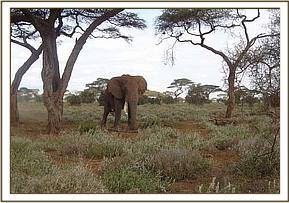
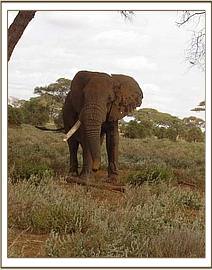
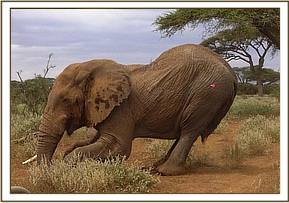

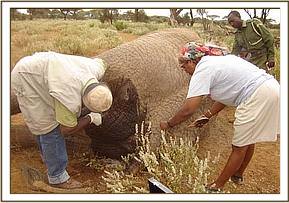
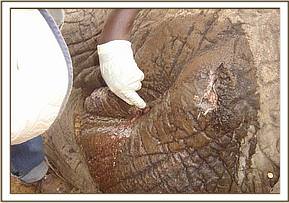

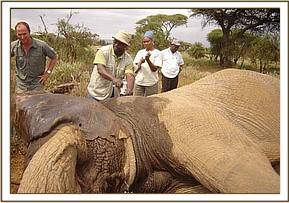

On the 24th, we treated a small calf aged about 2 months with an arrow injury at the lower right fore leg. Probably the arrow was aimed at a bigger elephant but went off target. The injury was just a few days old and the infection had not established itself fully but the soft tissues around it were swollen due to cellulitis.
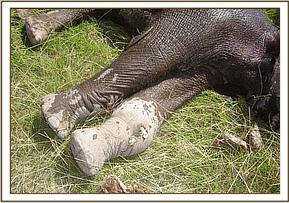
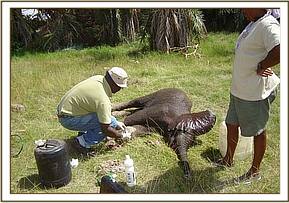

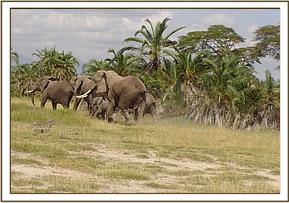
The last case from the Amboseli ecosystem was at Oldonyo Wuas on the 28th also of an elephant bull aged about 40 years with three spear wounds on the rear. Fortunately, the elephant was sighted early before infection set in and we hope the treatment administered will prevent it from reoccurring. The injuries were not deep and only involved the skin. The management of Oldonyo Wuas will keep an eye and give us the progress.

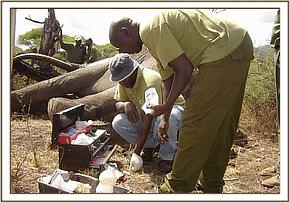

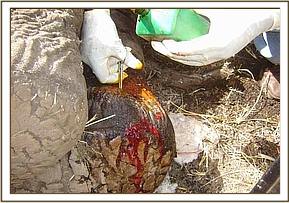
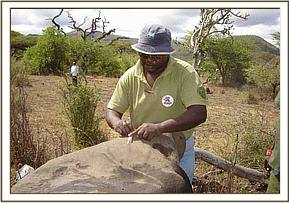
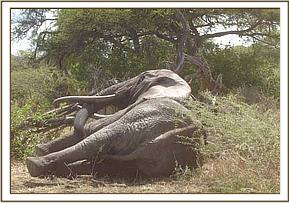

Tsavo Cases The first case in Tsavo was a bull aged about 40 years sighted at Kanderi (Tahri Camp) on the night of the 14th. It had two arrow injuries, one at the left chest area and the other on the lower right fore leg. The one on the chest was dry and uninfected but the one on the leg was infected and made the animal limp as it walked. We managed to track and find it the following day in the company of a family group about eight-km north of the camp along Voi River. We successfully immobilised and treated it. We have not been able to find it to assess the progress but that will be done in due course.
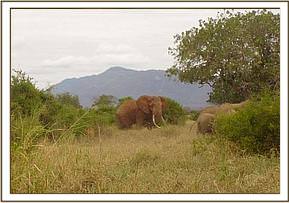

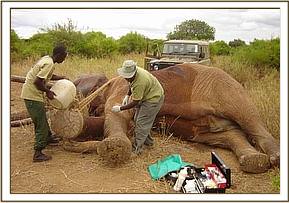
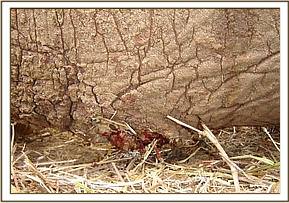
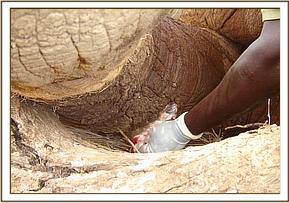
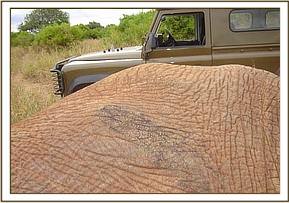
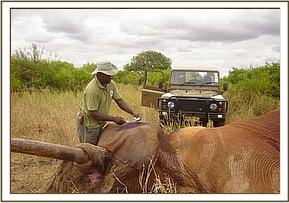

The other case was a young female aged about six years first treated at Luarenyi ranch on the 17th and a second treatment was administered eight days later on the 25th in the neighbouring Taita Wildlife Sanctuary (Salt Lick). It had what we suspected to be a bullet injury on the inner side of the left fore leg at the elbow joint area.

